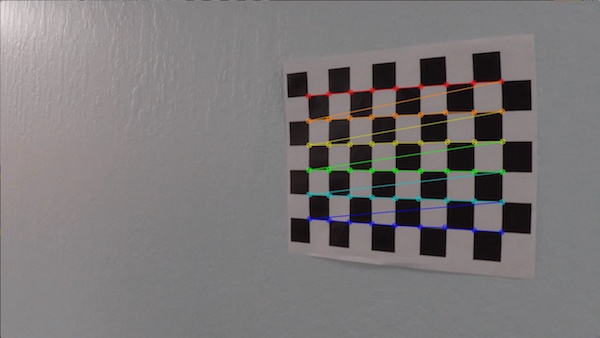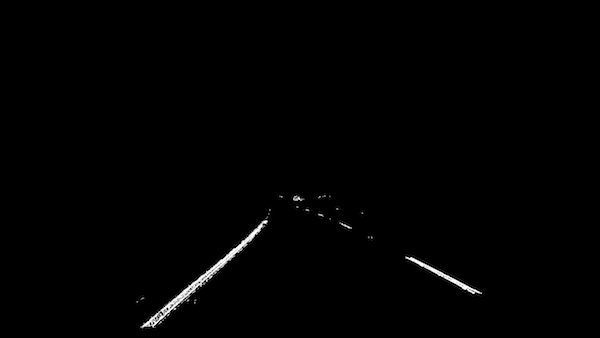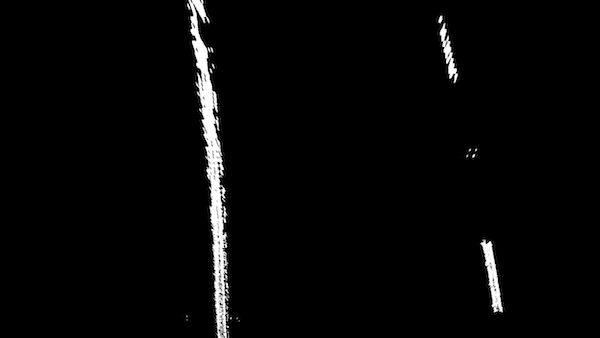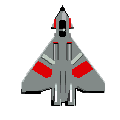Advanced Lane finding
The fourth project in the self-driving car course was a reiteration and improvement of the lane finding project that we did earlier.
The goal was to learn the very basics of computer vision. This includes learning about
- camera calibration using a set of
chessboardimages, like this:

- distortion correction using the calculated distortion of the camera,
- color thresholding, using various color spaces, to obtain a “binary” image which only shows pixels which are likely part of a lane line, so that from the image below,

we get an output like this one:

- perspective transformation for getting a birds-eye view of the road (so that lane lines are parallel in the transformed image),

- detecting lane line pixels on the transformed image using pixel-density histograms and the sliding-window method (identifying areas dense in pixels based on the lower half of the image, and moving upwards in a sliding method, to see where the lanes go)
- determining the fane curvature and the car’s position relative to the center of the lane,
- outputting a visugl estimation of the lane by warping back the calculated area to the original image. The final output looks something like this:

Written on January 7, 2018
If you notice anything wrong with this post (factual error, rude tone, bad grammar, typo, etc.), and you feel like giving feedback, please do so by contacting me at samubalogh@gmail.com. Thank you!

